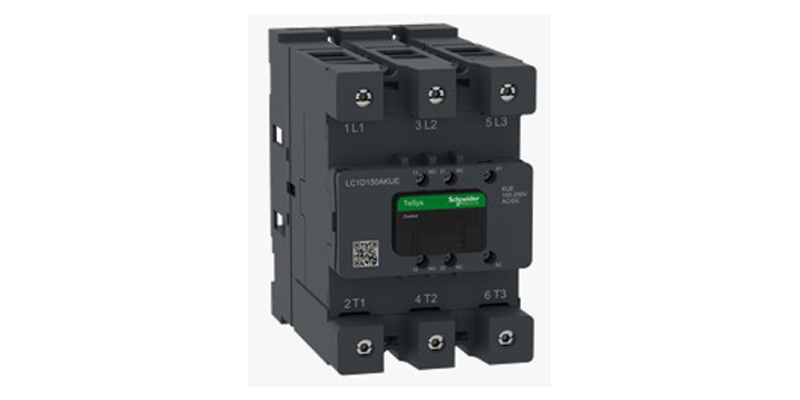Schedule a Call Back
Waste pooling collaboratives for profitable circular economy
 Articles
Articles- Apr 19,24

Related Stories

Igus switches to recycled material for energy chain series E2.1
Compared to the standard material, the recycled material has an 80% lower carbon dioxide (CO2) footprint. Sustainable material igumid CG LW offers comparable mechanical specifications at the same pr..
Read more
Let’s decarbonise: A turning point for mining in Asia
Sustainability uncertainties in mining are well known. Encouragingly, mining is already undergoing a notable transformation—one that brings with it great potential to build a more resilient and su..
Read more
Schneider Electric launches next-gen TeSys Deca motor starters in India
Nikhil Pathak, Vice President – Digital Energy and Power Products, Schneider Electric, Greater India, said, “At Schneider Electric, innovation goes beyond technology—it’s about creating long..
Read more














